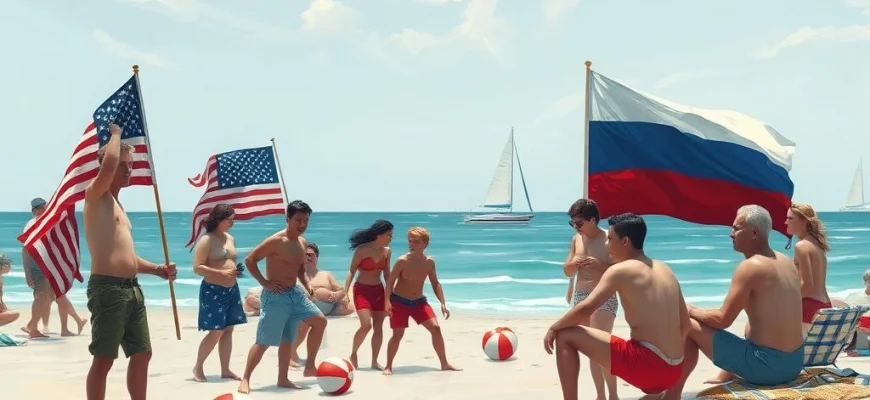If you loved the chaotic charm and Cold War satire of 'The Russians Are Coming! The Russians Are Coming!' (1966), you're in for a treat. This article explores 9 similar movies and shows that capture the same blend of humor, tension, and cultural misunderstandings. Whether you're a fan of classic comedies or political farces, these picks will keep you entertained.
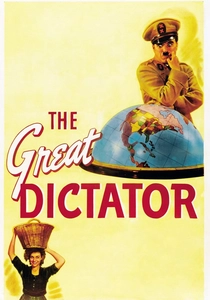
The Great Dictator (1940)
Description: A comedic yet poignant critique of authoritarianism and war, using humor to address serious political themes. The film's blend of satire and slapstick mirrors the tone of the reference movie.
Fact: Charlie Chaplin's first full talkie, and his most commercially successful film. The famous final speech was added late in production, as Chaplin felt compelled to directly address the rising threat of fascism in Europe.
 Watch Now
Watch Now 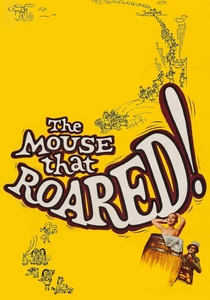
The Mouse That Roared (1959)
Description: A farcical comedy about a tiny nation declaring war on the U.S. to lose and receive aid, sharing the same absurdist humor and critique of international politics.
Fact: The film's success led to a sequel, The Mouse on the Moon. It was one of the first movies to satirize the Cold War arms race through the lens of a fictional microstate.
 Watch Now
Watch Now 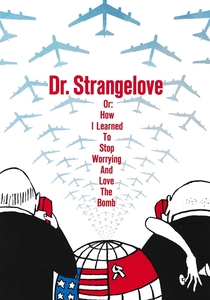
Dr. Strangelove or: How I Learned to Stop Worrying and Love the Bomb (1964)
Description: A satirical take on Cold War tensions, blending absurd humor with political commentary, much like the reference film. It uses exaggerated scenarios to highlight the ridiculousness of international conflict.
Fact: The film was originally intended to be a serious thriller, but director Stanley Kubrick found the subject matter so absurd that he decided to turn it into a black comedy. The iconic war room set was designed to resemble a poker table, symbolizing the high-stakes game of nuclear brinkmanship.
 Watch Now
Watch Now 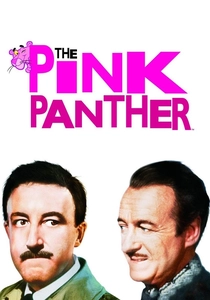
The Pink Panther (1963)
Description: A comedy centered around bumbling detectives and international intrigue, using humor to defuse tense situations. Its lighthearted take on crime and espionage mirrors the reference film's tone.
Fact: The iconic Pink Panther animation was originally created for the opening credits and became so popular it spawned its own series of cartoons. The film's theme music, composed by Henry Mancini, won a Grammy Award.
 Watch Now
Watch Now 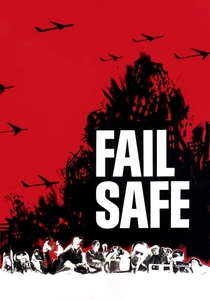
Fail Safe (1964)
Description: A tense thriller about accidental nuclear war, presenting a serious counterpart to the comedic approach of similar films. Both explore the dangers of Cold War paranoia and military mishaps.
Fact: Released the same year as Dr. Strangelove, this film was overshadowed by its more famous satirical counterpart. The entire movie was shot in black and white to emphasize its grim, documentary-like tone.
 Watch Now
Watch Now 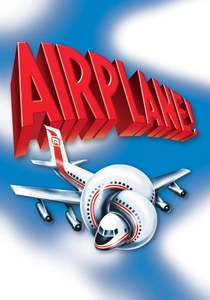
Airplane! (1980)
Description: A parody of disaster films, packed with rapid-fire jokes and absurd situations. Its comedic tone and satirical edge are reminiscent of the reference movie's approach to genre tropes.
Fact: The film's script was originally written as a serious disaster movie before being rewritten as a comedy. The iconic "Don't call me Shirley" line was improvised during filming.
 Watch Now
Watch Now 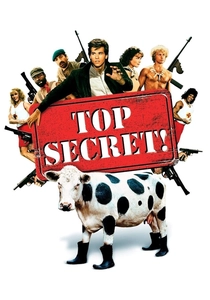
Top Secret! (1984)
Description: A parody of spy films and Cold War tropes, filled with slapstick humor and ridiculous scenarios. Its over-the-top style and political satire align closely with the reference film's approach.
Fact: The film features a famous underwater bar fight scene, shot in reverse to create the illusion of characters fighting while submerged. It was one of the first movies to blend multiple parody genres seamlessly.
 Watch Now
Watch Now 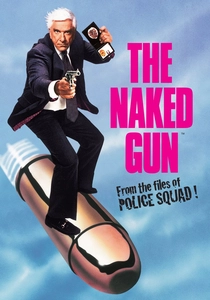
The Naked Gun: From the Files of Police Squad! (1988)
Description: A slapstick comedy filled with absurd situations and visual gags, much like the reference film's style of humor. Both use exaggerated scenarios to poke fun at serious institutions.
Fact: The film's opening sequence, where Frank Drebin disrupts a summit meeting, was inspired by real-life diplomatic blunders. It spawned two sequels and became a cult classic for its relentless barrage of jokes.
 Watch Now
Watch Now 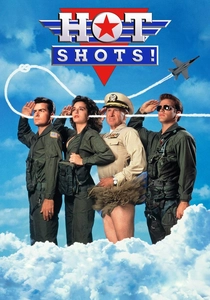
Hot Shots! (1991)
Description: A spoof of action and war movies, blending ridiculous humor with clever satire. Its playful mockery of military and political themes aligns with the reference film's comedic style.
Fact: The film's sequel, Hot Shots! Part Deux, holds the Guinness World Record for the highest on-screen body count in a movie. Many of the gags were improvised during filming.
 Watch Now
Watch Now 
